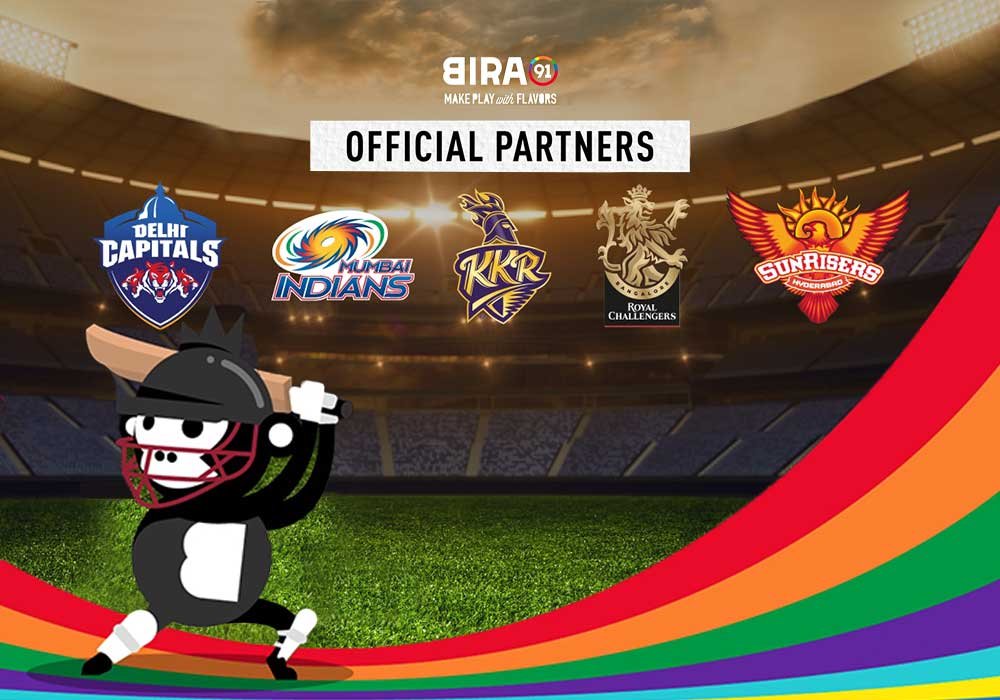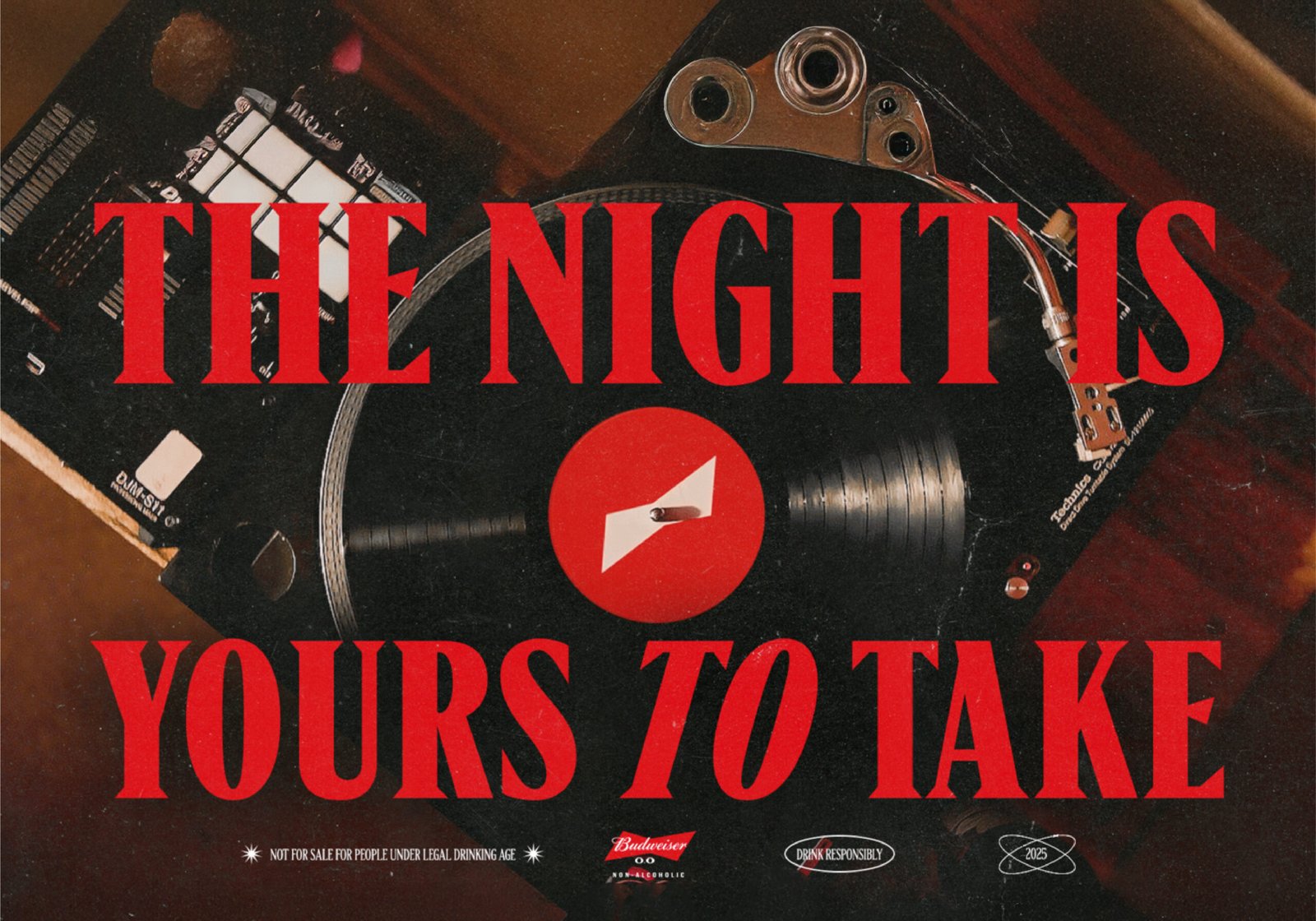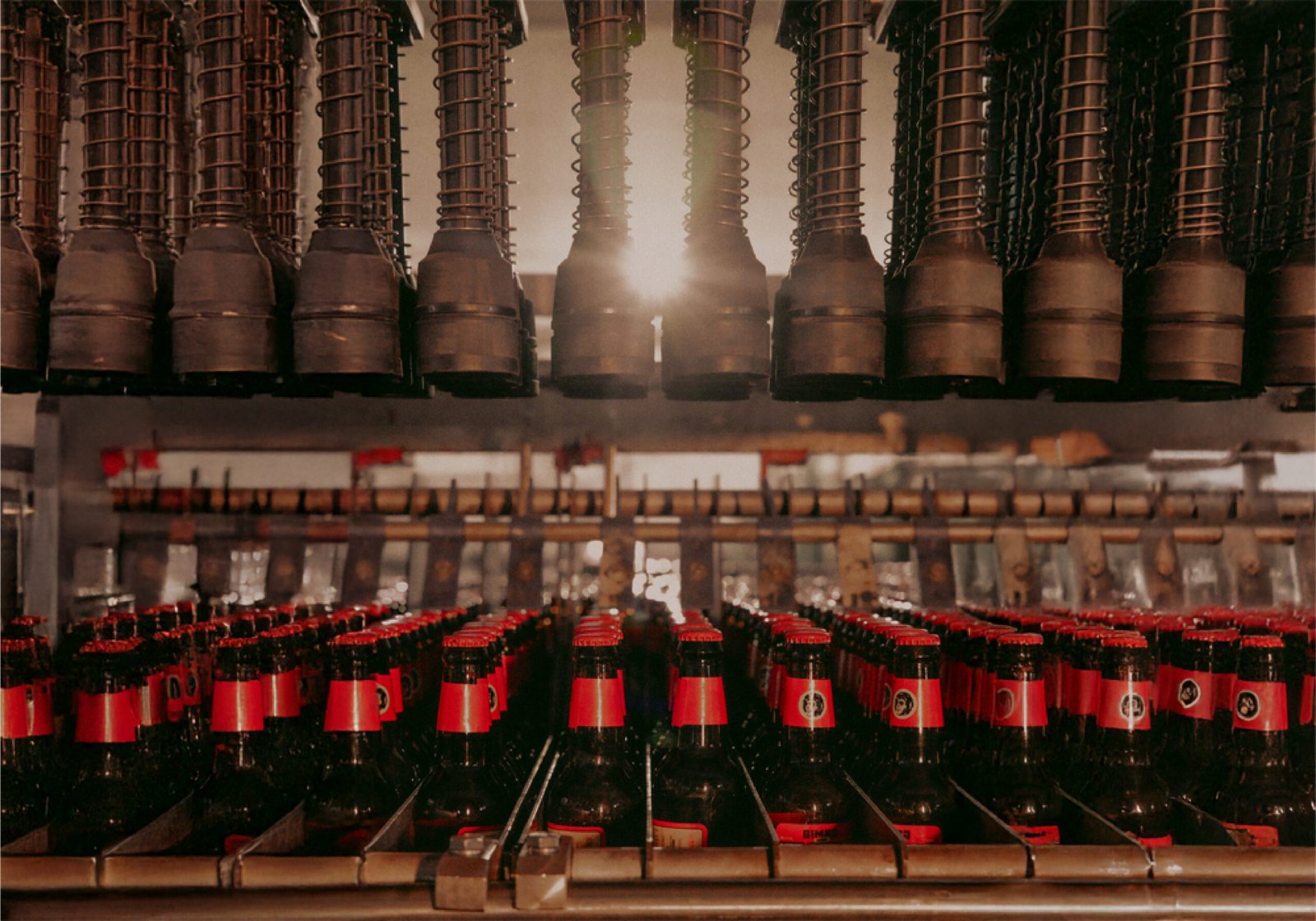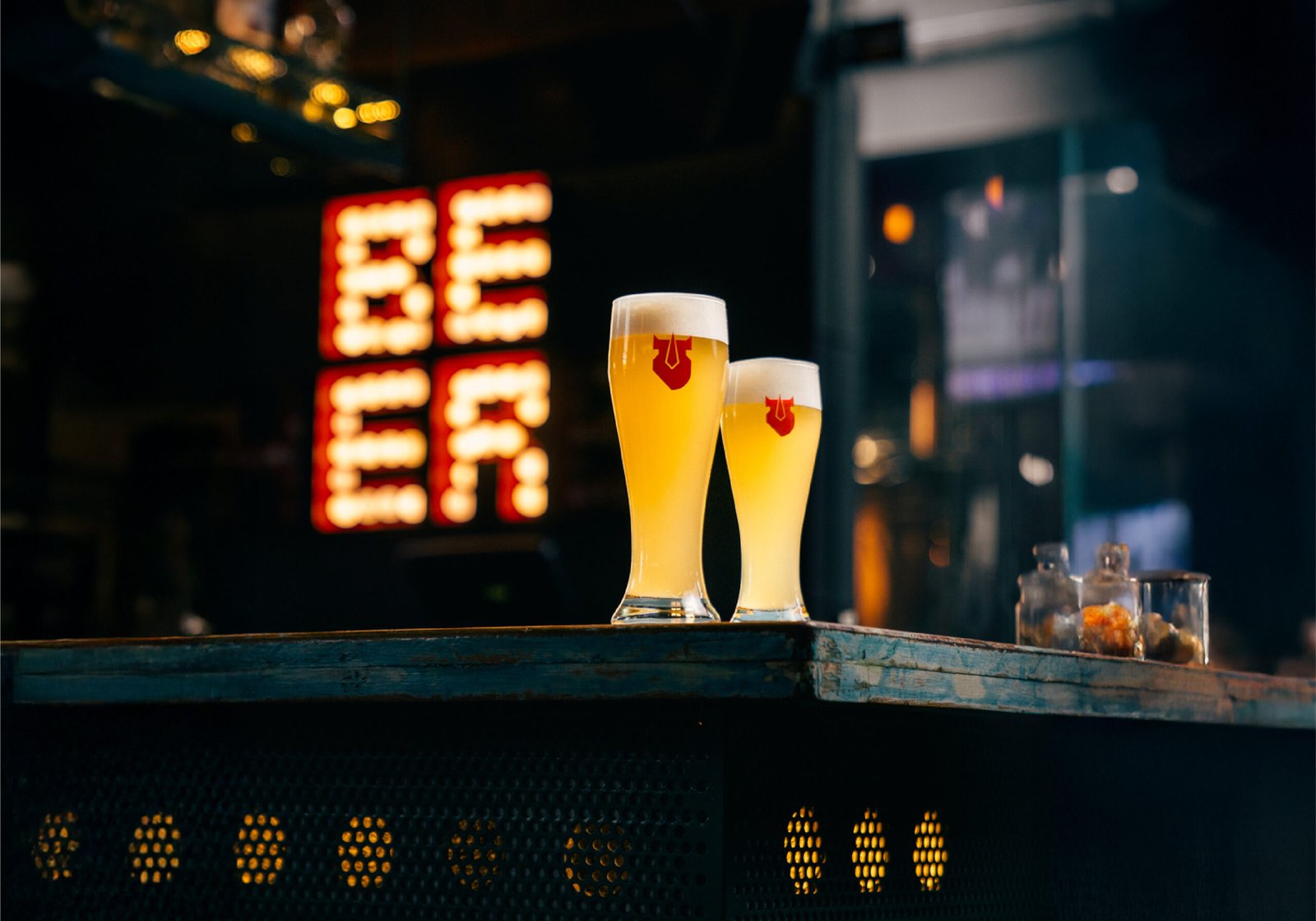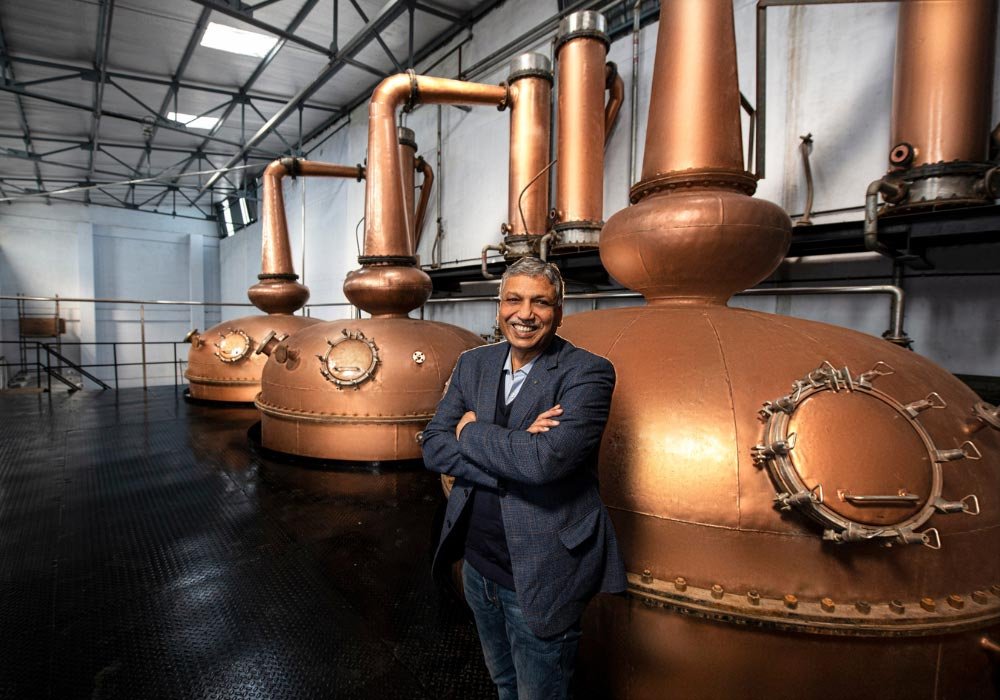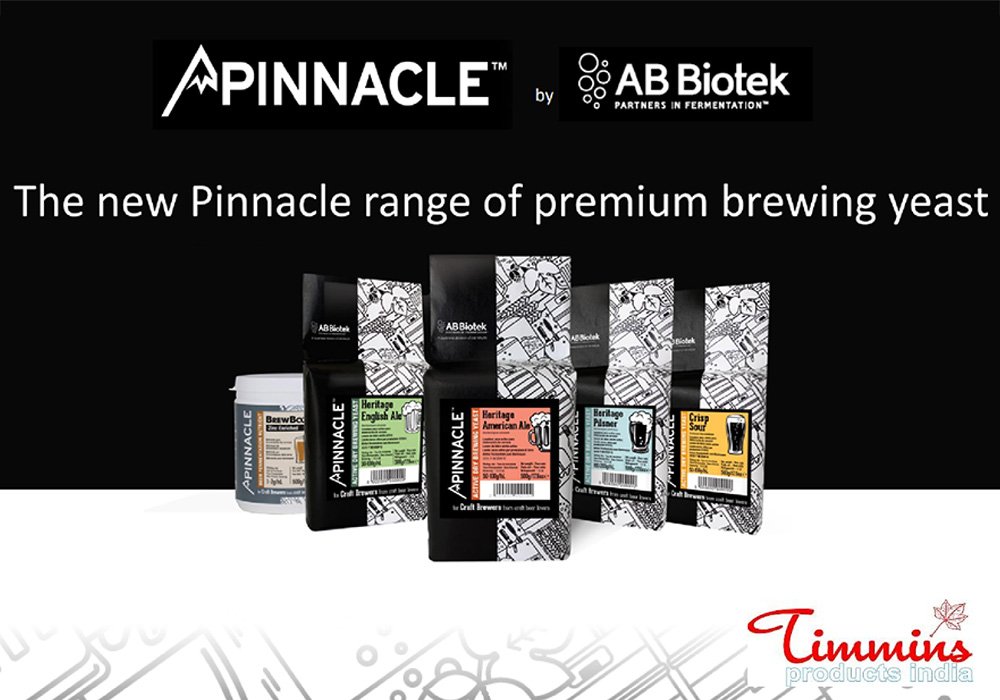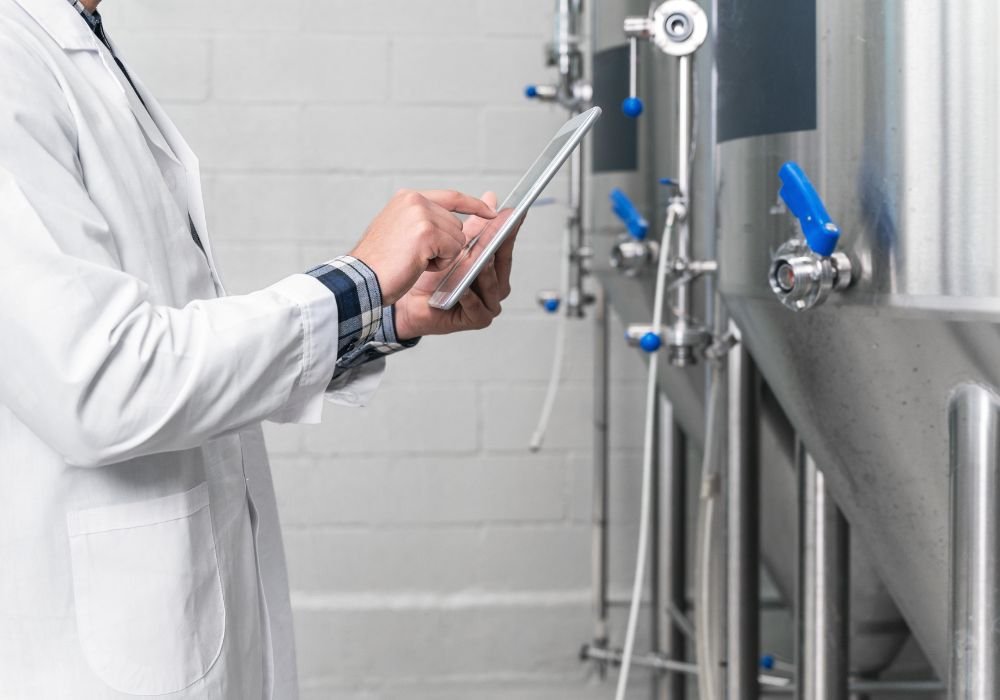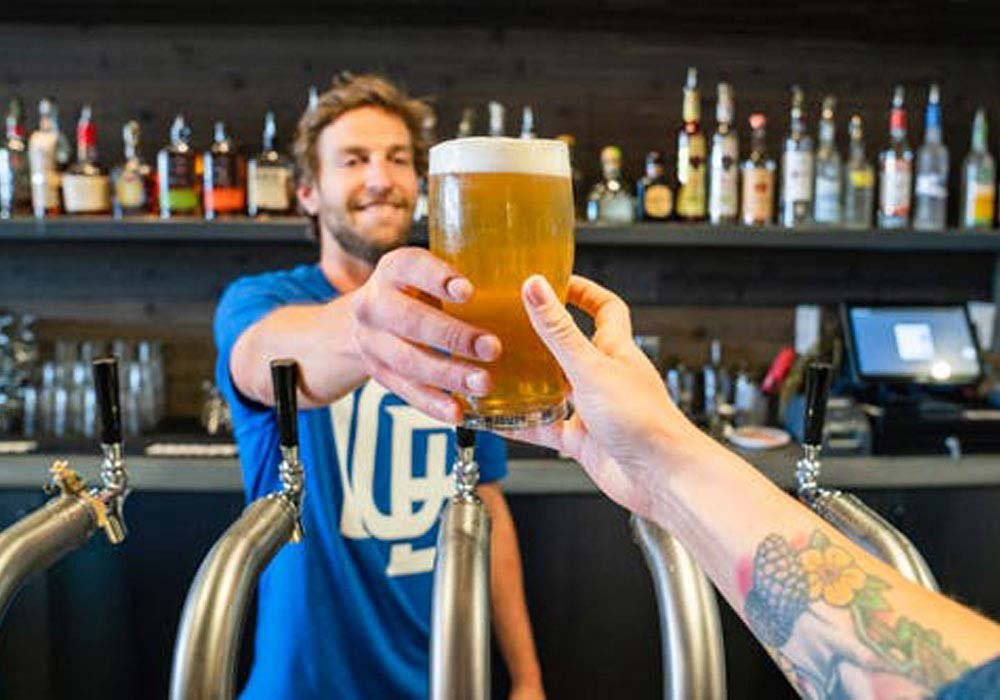
Often spelled as draft beer, draught beer has been a favourite drink among beer enthusiasts, mainly for its pleasant foamy head and crisp taste. What sets this beer apart from the rest, however, is how well it displays the art of brewing, since it is stored in kegs and served on draft (straight from the tap). A royal feeling, right?
But there is more to this beer than what meets the eye. Here's why.
Keg Storage and Delivery

Draught beer is considered as one of the finest beers in terms of quality. Its superior status has to do with quite a few reasons.
Firstly, draught beer is racked in a keg. This protects it from sunlight, hence eliminating all possibilities of degradation from light. The keg is also responsible for preventing oxidation of the beer, thus safeguarding the beer’s freshness for extended periods.
Also, since it is consumed way faster than bottled beer, the storage time is minimal. This ensures that the aroma, freshness and taste of the beer are never compromised.
To make the perfect mug of draft beer, one must have the best draught system - which includes proper storage, handling and dispensing equipment.
To ensure that the draught beer’s quality doesn’t drop, one must always store the kegs appropriately and deliver it cold. The ideal temperature to tap a keg is 34°F–38°F (1.1°C–3.3°C). Even the slightest deviation from this temperature can cost the beer its foaminess.
Indeed, it requires utmost dedication to make draught beer, almost like any other work of art. Which explains why, like many pieces of art, it is also cherished and valued by many!
Dispensing Gases Used in Draught Beer

Usually, beer is known to be carbonated and dispensed using pure carbon dioxide gas. But over recent years, a mixed blend of carbon dioxide and nitrogen has become more popular and common. The reason? These blends impart greater flexibility and design to the dispensary system.
Generally, restaurants and bars that serve draught beer have space constraints. Therefore, several kegs need to be transported in and out of the place. Thanks to the inert nature and low solubility of the gas, the nitrogen-infused brew makes it lighter and more flexible to transport. On the other hand, if only carbon dioxide is used, the increased pressure in the kegs will over-carbonate the beer during transportation.
What Makes a Good Dispensing System Design?

The best dispensing system is one that can maintain the beer at the desired gas balance carbonation level. Depending on the style of beer being brewed, this will help provide the appropriate temperature for dispensing, thereby ensuring that the pour rate is approximately 60 ml (2 ounces) per second, generating the desired amount of foam as well.
It is also ideal if all the components of the system are made of high-quality stainless steel since there are zero chances of contamination due to the beer reacting with the metal. And last, but not the least, strict hygiene should be maintained both within and outside the dispensing system to prevent the growth of any bacteria.
Now that you're aware of the tedious process involved in brewing draught beer, you may just appreciate this drink a bit more!


